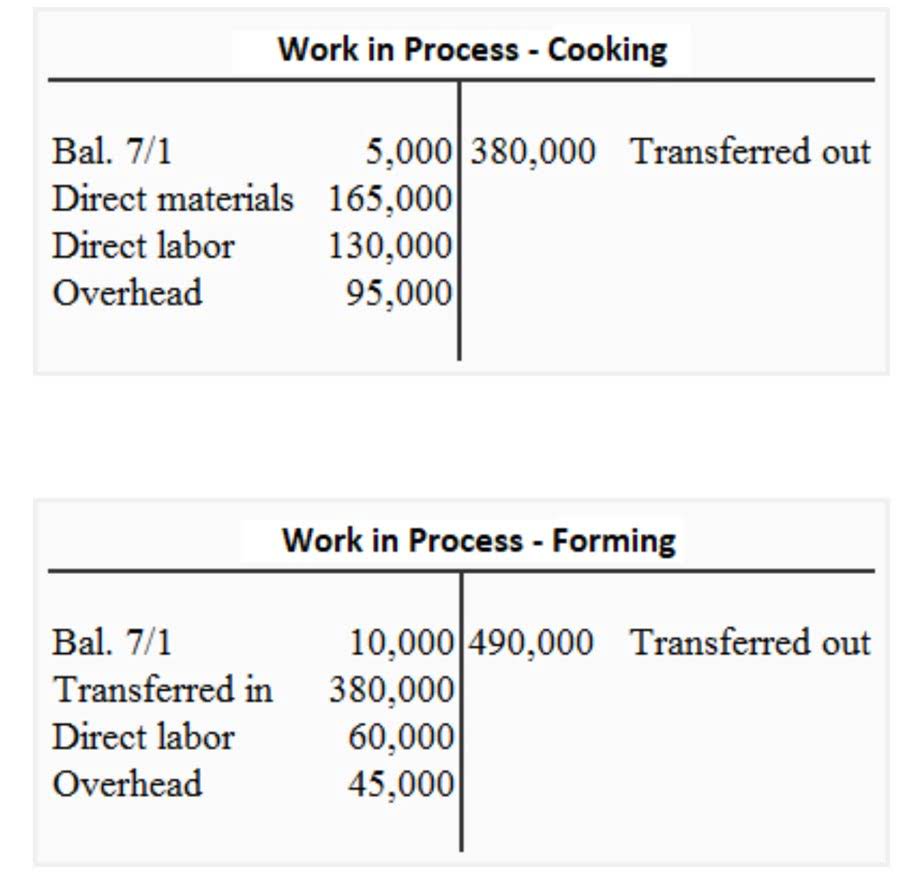
The government will legislate to close loopholes in company car tax rules by ending contrived car ownership schemes, and encourage taxpayers to pay tax on time by increasing the interest rate charged on overdue tax debts. The government is also committed to taking stronger action on the most egregious tax fraud, including by expanding HMRC’s criminal investigation work and legislating to prevent abuse in non-compliant umbrella companies. To continue to drive value for money, the government will also use the new Procurement Act to create a simpler and more transparent regime for public sector procurement that will deliver better value for money and reduce costs for business and the public sector. The government will implement the Act in February 2025 with further reforms including a new National Procurement Policy Statement. The government is achieving this by taking difficult decisions on tax, spending and welfare to repair the public finances and increase investment in public services and the economy, to rebuild Britain and unlock long-term growth.
- Expenditure incurred from after 1 April 2024 on films that began principal photography on or after 1 April 2024 is eligible.
- A business has negative working capital when it currently has more liabilities than assets.
- For example, if a company has $100,000 in current assets and $30,000 in current liabilities, it has $70,000 of working capital.
- The Budget also increases funding for public services, recognising that a well-functioning NHS and education system are critical to the economy.
- By calculating the change in working capital, you can better understand your company’s capital cycle and strategize ways to reduce it, either by collecting receivables sooner or, possibly, by delaying accounts payable.
- Alongside these considerations, the government takes into account the practical implications of issuance (for example, the scheduling of operations throughout the year).
Positive Impacts
- The more working capital a company has, the less likely it is to take on debt to fund the growth of its business.
- The government is also developing a strategic plan for a more efficient and effective civil service, including through improving skills and harnessing digital technology to drive better outcomes for public services.
- Understanding how to calculate and interpret net working capital is fundamental for effective financial management and decision-making within a business.
- While a rising employment rate supported GDP per capita growth in the decade following the GFC, productivity growth slowed even more sharply than GDP per capita growth.
- This will support parents, and particularly mothers, to stay in and return to work, with the OBR forecasting that an additional 60,000 will enter work by 2028.
While A/R and inventory are frequently considered to be highly liquid assets to creditors, uncollectible A/R will NOT be converted into cash. In addition, the liquidated value of inventory is specific to the situation, i.e. the collateral value can vary substantially. Since we’re measuring the increase (or decrease) in free cash flow, i.e. across two periods, the “Change in Net Working Capital” is the right metric to calculate here. Net working capital, often abbreviated as “NWC”, is a financial metric used to evaluate a company’s near-term liquidity risk. Therefore, as of March 2024, Microsoft’s working capital metric was approximately $28.5 billion.
Net Working Capital: Understanding Its Impact on Business
The settlement means resource spending for the Department of Health and Social Care (DHSC) will increase by £22.6 billion from 2023‑24 to 2025‑26. In tandem, patient care pathways will be reformed to ensure patients are seen in settings which can deliver better patient experience for lower cost, enhancing patient choice and embedding best practice right across the country. Typical current assets that are included in the net working capital calculation are cash, accounts receivable, inventory, and short-term investments. The current liabilities section typically income statement includes accounts payable, accrued expenses and taxes, customer deposits, and other trade debt.

How Working Capital Impacts Cash Flow

A new Vaping Products Duty will be introduced from 1 October 2026 at a flat rate of £2.20 per 10ml vaping liquid, accompanied by an equivalent further one-off increase in Tobacco Duty to maintain the financial incentive change in net working capital to switch from tobacco to vaping. With effect from April 2025, eligibility will be extended to all UC claimants who are in work. A delivery consultation, including proposals for a reformed and improved scheme, has been published alongside the Budget.
Change in NWC Calculation Example
English Devolution White Paper – The government is working closely with local leaders on the upcoming English Devolution White Paper. This will set out the government’s plans to widen devolution to more areas and deepen the powers of existing mayors and their combined authorities, ensuring they have the tools needed to boost economic growth. Treatment of double cab pick up vehicles – Following a Court of Appeal judgement, the government will treat double cab pick-up vehicles (DCPUs) with a payload of one tonne or more as cars for certain tax purposes. From 1 April 2025 for Corporation Tax, and 6 April 2025 for income tax, DCPUs will be treated as cars for the purposes of capital allowances, benefits in kind, and some deductions from business profits. The existing capital allowances treatment will apply to those who purchase DCPUs before April 2025. Transitional benefit in kind arrangements will apply for employers that have purchased, leased, or ordered a DCPU before 6 April 2025.
Get in Touch With a Financial Advisor

The Chancellor of the Duchy of Lancaster, Secretary of State for Science, Innovation and Technology and Chief Secretary to the Treasury lead the Digital Centre of Government. The Department for Science, Innovation and Technology will continue to drive towards a renewed strategy for digital transformation across the public sector to ensure that fundamental reforms in public services are prioritised and digital-led. This will inform a centralised and coherent approach to digital investment at Phase 2 of the Spending Review. It will take a long-term approach, supporting delivery of the government’s plans for a decade of national renewal. It will also embed greater spending discipline by implementing a zero-based approach, ensuring that every pound of taxpayers’ money is targeted towards the government’s priorities.